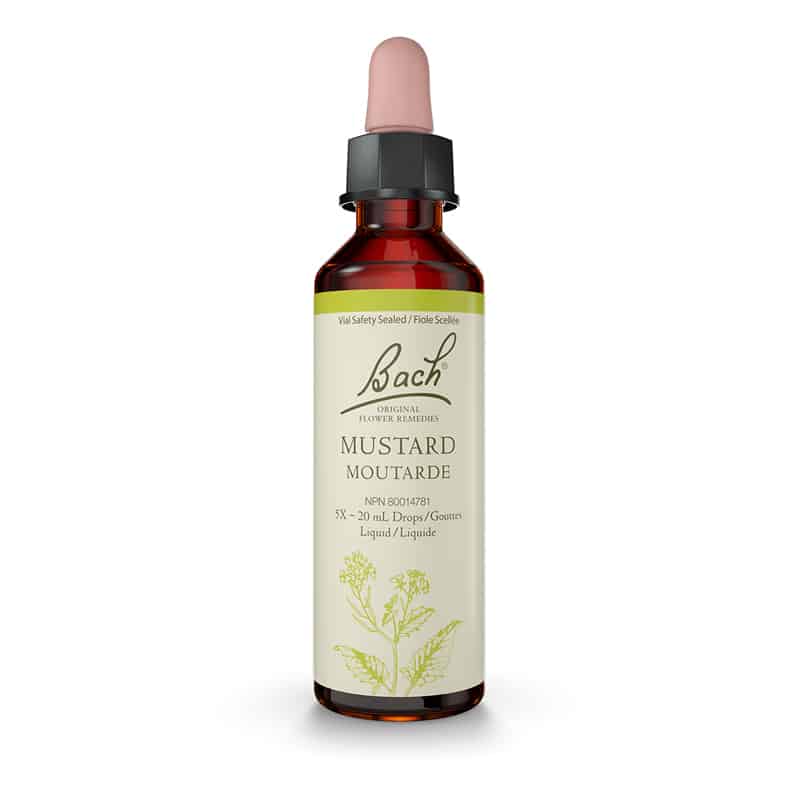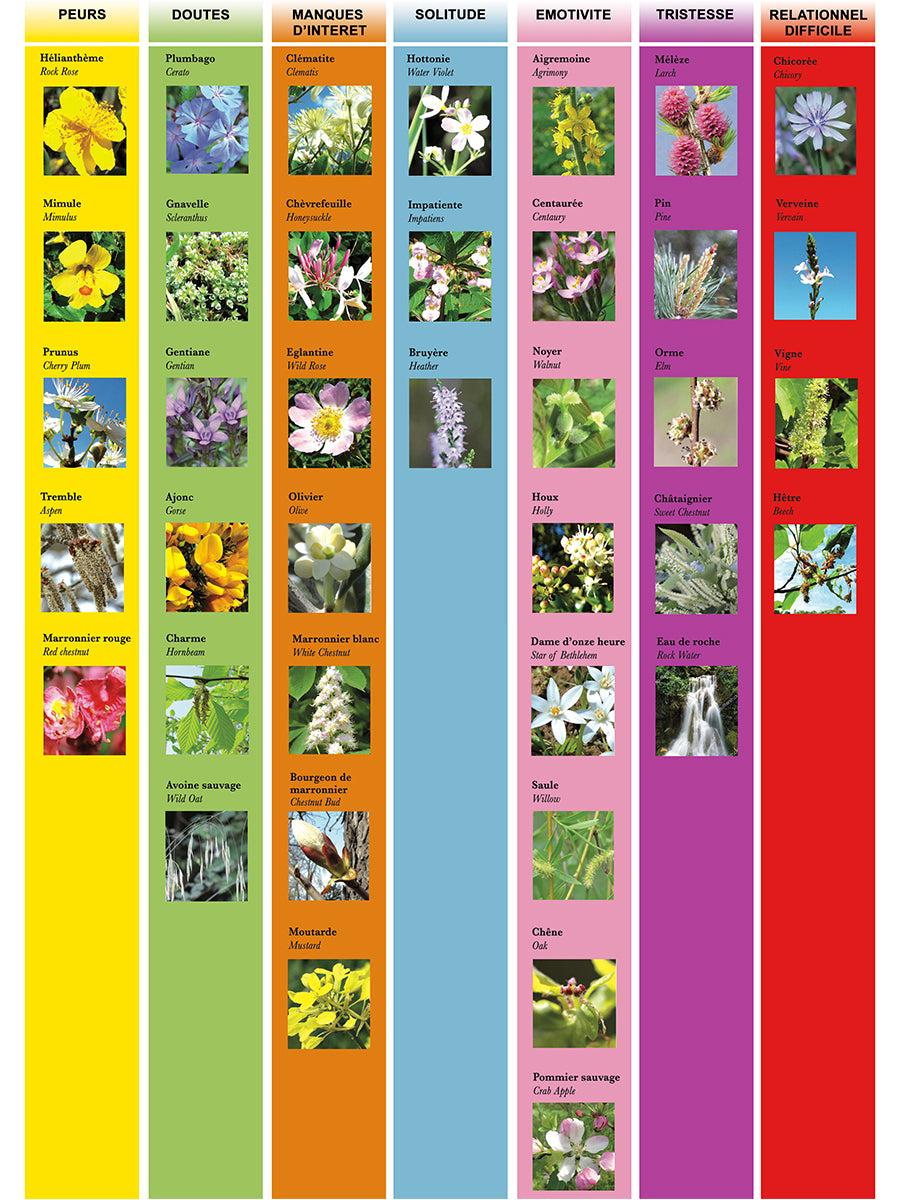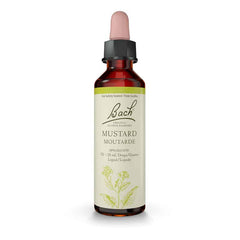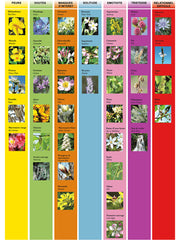



Mustard - Mustard
- 19.99$
0.00$- 19.99$
- Unit price
- per
Description
x- You sometimes feel preoccupied for no apparent reason, you sometimes feel a sense of sadness without knowing the reason.
The Bach flower mustard, Mustard in English or Sinapis arvensis in Latin, is an annual plant, meaning its life cycle, which begins with germination and ends with seed production, lasts one year. A member of the Brassicaceae family, the Bach flower mustard is often considered a weed because it easily invades fields and gardens. This species is found throughout France and is also widespread in Europe, Asia, and North Africa.
The Bach flower mustard is a plant that blooms from May to September. It is composed of lyrate lower leaves and oval upper leaves. It measures between 20 and 60 cm and has pale yellow flowers that, like the sun, dispel gloom. A single plant can carry up to 4,000 seeds that patiently wait buried underground for the right opportunity to resurface. Its black seeds can be used to make mustard, although the condiment is most often made from white mustard. The Bach flower Mustard is mainly found in fields, fallow land, roadsides, and wastelands, especially if they are chalky.
Produits recommandés
Produits récemment consultés
- Choosing a selection results in a full page refresh.



